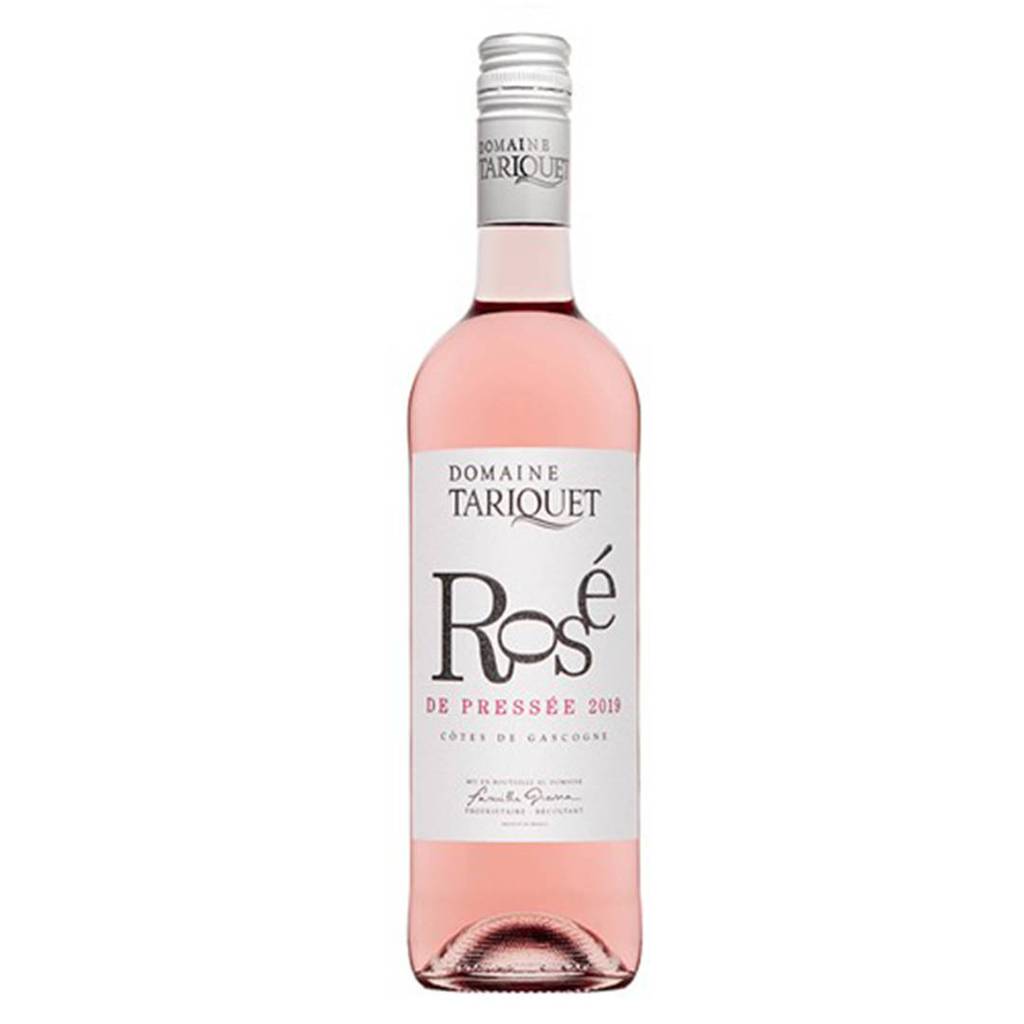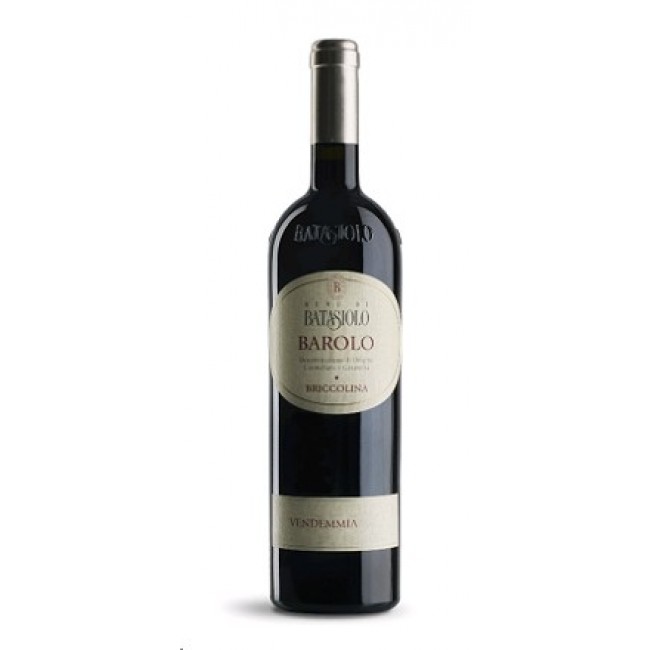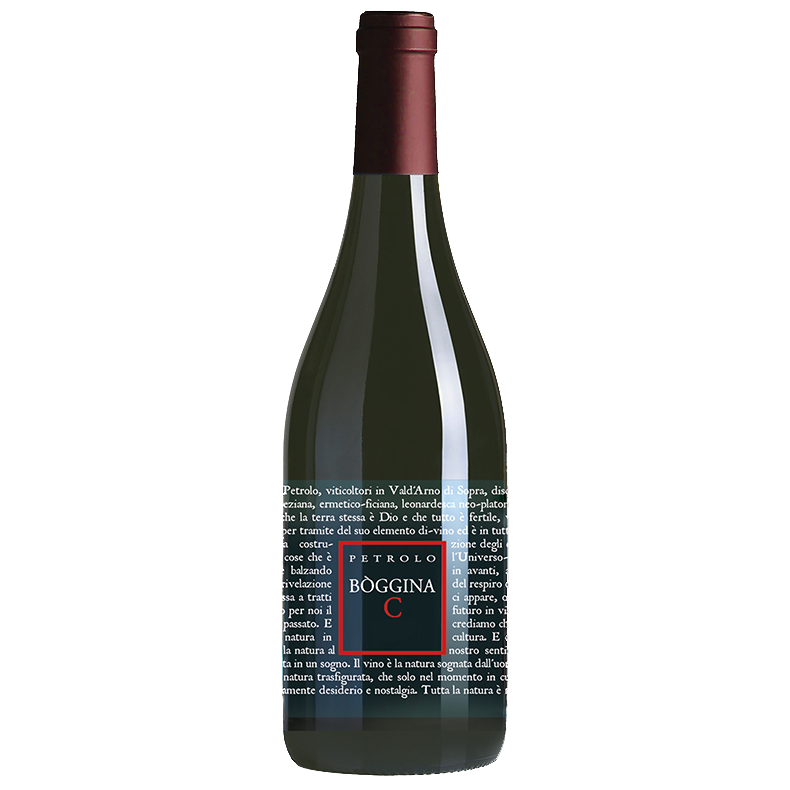2019 Domaine Du Tariquet Rose De Pressee
2019 Domaine Du Tariquet Rose De Pressee A beautiful shade of pomegranate red, with an exquisite bouquet, both subtle and intense. Mild spicy notes lead to a delightful duo of wild raspberry and flower petals. This 2019 vintage rich, full bodied and fresh on the palate. Tariquet’s rose will accompany a starter or main course with ease.
Rosé
A rosé (from French, rosé [ʁoze]) is a type of wine that incorporates some of the color from the grape skins, but not enough to qualify it as a red wine. It may be the oldest known type of wine, as it is the most straightforward to make with the skin contact method. The pink color can range from a pale “”onion-skin”” orange to a vivid near-purple, depending on the grape varieties used and winemaking techniques. Usually, the wine is labelled rosé in French, Portuguese, and English-speaking countries, rosado in Spanish, or rosato in Italian.
There are three major ways to produce rosé wine: skin contact, saignée, and blending. Rosé wines can be made still, semi-sparkling or sparkling and with a wide range of sweetness levels from highly dry Provençal rosé to sweet White Zinfandels and blushes. Rosé wines are made from a wide variety of grapes and can be found all around the globe. When rosé wine is the primary product, it is produced with the skin contact method. Black-skinned grapes are crushed and the skins are allowed to remain in contact with the juice for a short period, typically two to twenty hours. The grape is then pressed and the skins discarded, rather than left in contact throughout fermentation (as with red wine making).
The longer the skins are left in contact with the juice, the more intense the color of the final wine. When a winemaker desires to impart more tannin and color to red wine, some of the pink juice from the must can be removed at an early stage in what is known as the Saignée (from French bleeding) method. The red wine remaining in the vats is intensified as a result of the bleeding, because the volume of juice in the must is reduced, and the must involve in the maceration becomes more concentrated.
Related products
2021 Jean-Pierre Large Morgon Les Delys 2021 Jean-Pierre Large Morgon Les Delys is aromatic with plenty of fruit and freshness, no excess tannins in this 100% Gamay wine. Enhanced by the age of the vines and the depth of the vineyard soil, Jean-Pierre’s Morgon boasts darker, more robust flavors than your typical Beaujolais Cru, and [...]
Chateauneuf-du-Pape
2021 Domaine Berthet Rayne Chateauneuf-du-Pape Blanc 2021 Domaine Berthet Rayne Chateauneuf-du-Pape Blanc Rare and very elegant wine, it is pale yellow with some green nuances. It expresses a subtle floral, well-balanced and fresh bouquet. This wine has scents of ripe grapes, fennel, honey, anise, green olive, gun flint, and plenty more. Very complex in flavors, [...]
2021 Jean-Marc Brocard Chablis 1er Cru Vau De Vey 2021 Jean-Marc Brocard Chablis 1er Cru Vau De Vey, is a clear and precise wine with notes of salt and anise,Gold-green color,The finish is soft and warm. Pair with seafood, shellfish, or white meat, grilled or in a cream sauce. One of the most popular and [...]
2019 Jean-Claude Bachelet Saint-Aubin 1er Cru Derriere La Tour Rouge 2019 Jean-Claude Bachelet Saint-Aubin 1er Cru Derriere La Tour Rouge Shedding a touch of youthful reduction to reveal aromas of plums, warm spices, rose petals and forest floor, the 2019 Saint-Aubin 1er Cru Derrière La Tour is medium to full-bodied, concentrated and lively, its deep [...]
 Emilio Lustau Centenary Selection Pedro Ximenez Murillo
Emilio Lustau Centenary Selection Pedro Ximenez Murillo 

